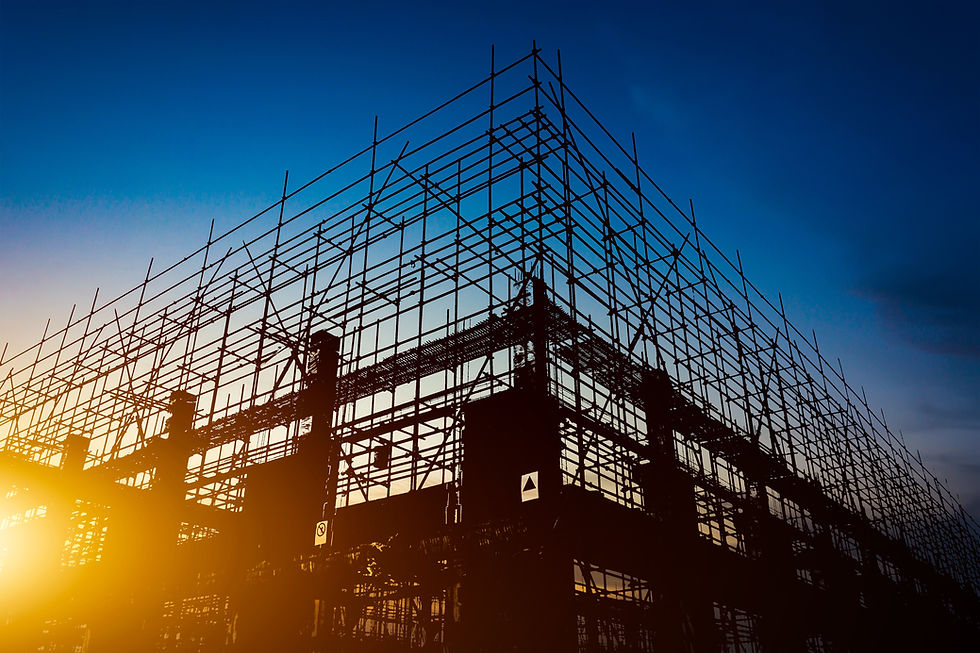500-Year Floodplain Building Requirements in Houston
- JRH Engineering & Environmental Services, Inc.
- Jul 24, 2023
- 2 min read
Updated: Aug 2, 2023

Understanding the 500-Year Floodplain
Explaining the 500-Year Floodplain
The 500-year floodplain refers to the geographical area that is at risk of experiencing a flood event with a 0.2% probability of occurring in any given year. Contrary to its name, it does not mean that such a flood will occur only once every 500 years; rather, it signifies the potential for a severe flood event that may have devastating consequences.
Frequency vs. Probability
It is essential to dispel the misconception surrounding the term "500-year flood." The probability of such an event is relatively low, but it remains a possibility that necessitates preparedness and preventive measures.
Building Regulations for Floodplain Resilience in Houston
Elevation Requirements
One of the primary building requirements within the 500-year floodplain is the elevation of structures above the Base Flood Elevation (BFE) level. The BFE represents the predicted water level during a 500-year flood event. Elevating buildings above this level significantly reduces the risk of flood damage to properties and infrastructures.
Foundation Standards
Building foundations within the 500-year floodplain must adhere to specific engineering standards to ensure stability and integrity during flood events. Implementing flood-resistant materials can further safeguard foundations from water damage and erosion, prolonging the life of the structure.
Utilities and Mechanical Systems
To ensure functionality and prevent critical system damage during floods, it is essential to position utilities and mechanical components above the BFE level. Alternatively, adequate protective measures must be employed to keep these systems operational during flood events.
Flood Vents
In areas below the base flood elevation, installing flood vents is vital. These vents enable water to flow in and out freely, reducing hydrostatic pressure on structures during flooding. By alleviating pressure, flood vents minimize the risk of structural damage and costly repairs.
Permits and Inspections
Compliance with building regulations in the 500-year floodplain requires obtaining the necessary permits from local authorities. Regular inspections throughout and after construction are conducted to ensure strict adherence to building codes and standards, promoting safety and flood resilience.
JRH Engineering & Environmental Services: Your Floodplain Resilience Partner
At JRH Engineering & Environmental Services, we recognize the critical importance of building responsibly within Houston's 500-year floodplain. Our team of seasoned experts is dedicated to providing comprehensive floodplain analysis and design solutions. We strive to create structures that are resilient to potential flood events, ensuring the safety of residents and preserving property values.
Conclusion
Understanding and adhering to Houston's 500-year floodplain building requirements are essential steps towards a safer and more resilient city. By collaborating with JRH Engineering & Environmental Services, we can work together to construct structures that can withstand the impact of flooding, protecting lives and properties for generations to come.




Comments